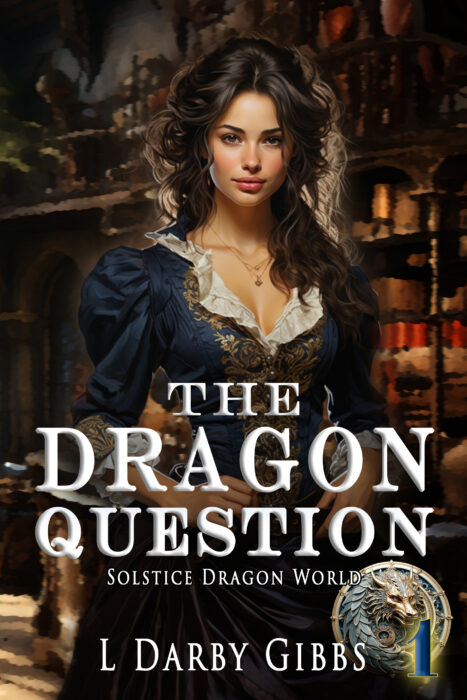John Steinbeck wrote for and about the guy next door, the man that works to pay the bills at the end of the month, for the poor cuss who hopes and hopes even when hope is lost, and loses and loses, even when he wins. Tortilla Flat He moved slowly and cautiously. Now and…
Tag: authors
Always looking at a master’s work before tackling your own world building is a good way to not just see the process in action but immerse yourself in it, so when you dive into your own work, the spell has been cast, a sense of the cape of good building has been settled like…
